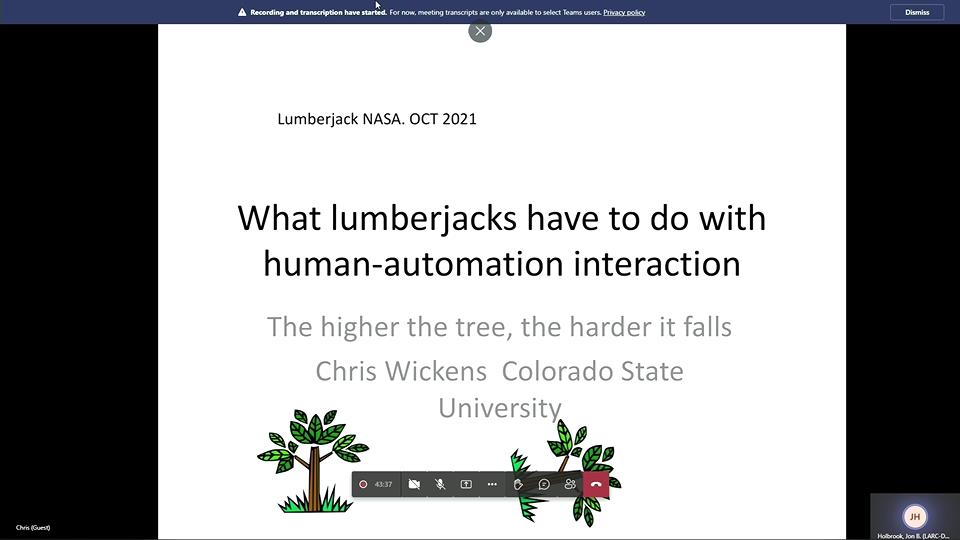Collision Avoidance
Discipline: Flight Mechanics
Collision avoidance for space objects was based upon miss distance for many years. More recently, probability of collision has become the norm for space safety and collision avoidance operations. This tutorial explains the basic principles and mathematics of probability calculations applicable to orbital close approaches, modeling of the encounter geometry, and relationship between uncertainty and probability of collision. The effect of each parameter, such as miss distance, encounter geometry, and covariance size, shape, and aspect ratio are illustrated by example. Analyses of four known orbital collision events are presented to demonstrate the dependence upon timely and accurate data for effective collision avoidance.
About the Speaker
Dr. Roger C. Thompson is a senior engineering specialist for The Aerospace Corporation’s Space Safety and Situational Awareness Department and a member of the NESC Flight Mechanics TDT. During his 28-year career at Aerospace, he has provided support for space situational awareness, collision avoidance, on-orbit breakup analysis and risk assessment, space debris issues, deorbit/reentry prediction, and orbital operations for many programs and space missions. He is one of the corporation’s leading analysts in collision avoidance and space traffic management and has represented Aerospace at high-level government and industry meetings where future space policy will be determined.

















